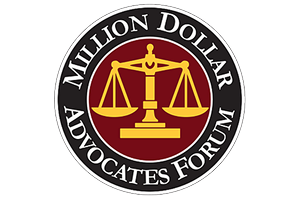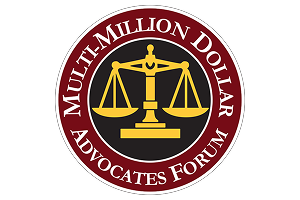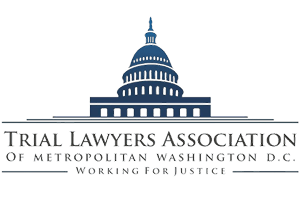





Drunk Driving FAQ
Related Content
- How Extensive Is the Problem of People Driving Under the Influence of Alcohol or Other Drugs?
- How Often Is Alcohol a Factor in Traffic Fatalities Involving Young People?
- How Often Is Alcohol a Factor in Traffic Fatalities Among Children?
- Which Other Subgroups Are Most Likely to Be Involved in Fatal Alcohol-Related Crashes?
- How Much Do Alcohol-Related Crashes Cost?
How Extensive Is the Problem of People Driving Under the Influence of Alcohol or Other Drugs?
Thirty-two percent (32%) of all traffic fatalities in 2007 involved an alcohol-impaired driver with a blood alcohol concentration of at least 0.01 gram per deciliter (g/dL). The 12,998 alcohol-related traffic fatalities in 2007 represent a 4% reduction from the 13,401 alcohol-impaired fatalities in 2006. The U.S. is making progress toward reducing alcohol-impaired traffic fatalities.
On average one alcohol-impaired driving fatality occurs every 40 minutes. Of the 12,998 people who died in alcohol-impaired crashes in 2007, 8,644 (66.5%) were killed in crashes where at least one driver had a BAC of .08 g/dL or higher. In 2006, an estimated 1.46 million drivers were arrested for driving under the influence of alcohol or narcotics. This is an arrest rate of 1 for every 139 licensed drivers in the United States.
How Often Is Alcohol a Factor in Traffic Fatalities Involving Young People?
How Often Is Alcohol a Factor in Traffic Fatalities Among Children?
Which Other Subgroups Are Most Likely to Be Involved in Fatal Alcohol-Related Crashes?
How Much Do Alcohol-Related Crashes Cost?

Contact Us for a Free Consultation
Fill out the form or call us at (703) 491-7070 to schedule your free consultation.

